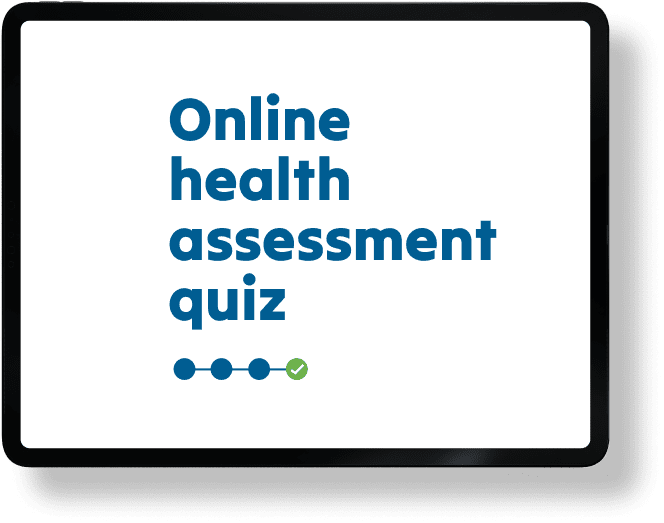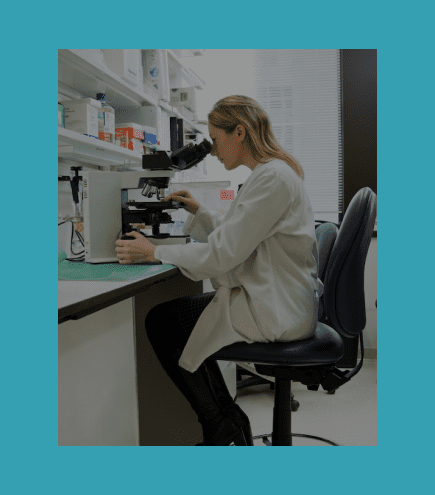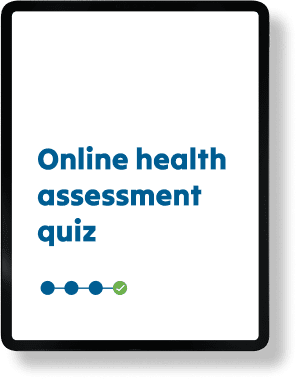What does coeliac disease ‘look like’?
Coeliac disease is known as a ‘Clinical Chameleon’… it can be hard to spot!
Untreated coeliac disease can cause lots of different symptoms; some obvious, some more subtle. It can also present differently in each person, ranging from severe symptoms all the way through to ‘asymptomatic’ (having no obvious symptoms).
Importantly, there is no correlation between symptom severity and the level of damage that occurs inside the body. Even if you have no obvious symptoms, your health is still at risk if your coeliac disease remains untreated. Everybody with coeliac disease, no matter their symptoms, needs to follow a gluten-free diet.
Could it be coeliac disease?
Use our free self-assessment quiz to check if your symptoms could be coeliac disease. It takes 3 minutes to learn if you are at risk.
Take the test

What to look for
Symptoms can include the following – if you have any of these, you should be screened for coeliac disease:
-
Persistent gastrointestinal symptoms e.g. diarrhoea, constipation, nausea, vomiting, flatulence/gas, cramping, bloating, abdominal pain, steatorrhea (fatty, floaty poo)
-
Prolonged fatigue, weakness and lethargy
-
Iron deficiency anaemia and/or other vitamin and mineral deficiencies
-
Failure to thrive or delayed puberty in children
-
Unexplained weight loss
-
Severe or recurrent mouth ulcers
-
Skin rashes such as dermatitis herpetiformis
If your doctor has diagnosed you with any of the following, screening for coeliac disease should also be considered:
-
Irritable Bowel Syndrome
-
Early onset osteoporosis
-
Unexplained infertility or recurrent miscarriage
-
First degree relatives of people with coeliac disease*
-
Persistently raised liver enzymes with unknown cause
-
Dental enamel defects
-
Down’s, Turner or Williams Syndrome
-
Immunoglobulin A (IgA) deficiency
*A first degree relative (parent, sibling, child) of someone with coeliac disease has a 10% chance of also having the disease. If one identical twin has coeliac disease there is an approximate 70% chance that the other twin will also have coeliac disease (but they may not necessarily be diagnosed at the same time). Immediate relatives of someone with coeliac disease should always be screened.
Fact sheets


Testing and diagnosis of coeliac disease in children
















